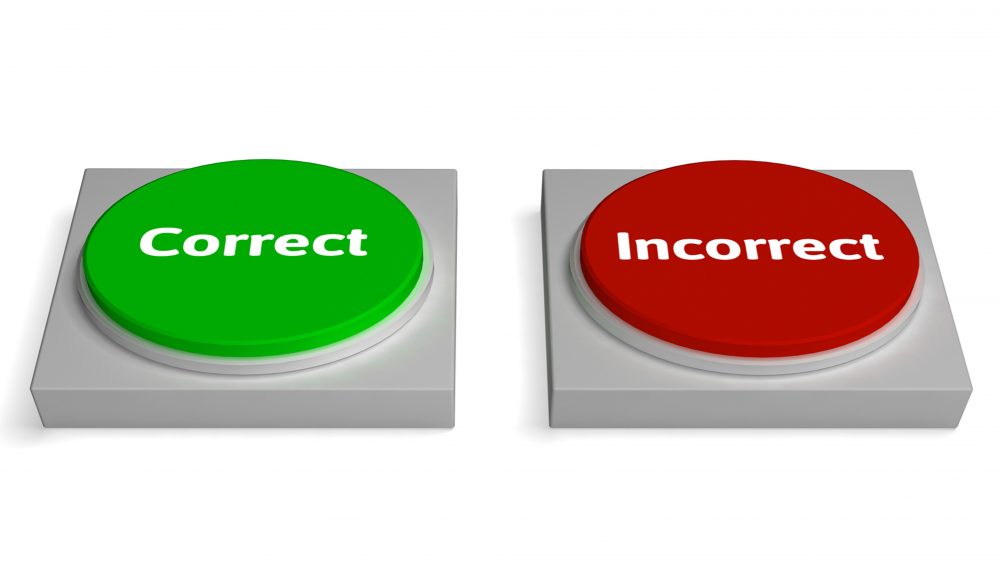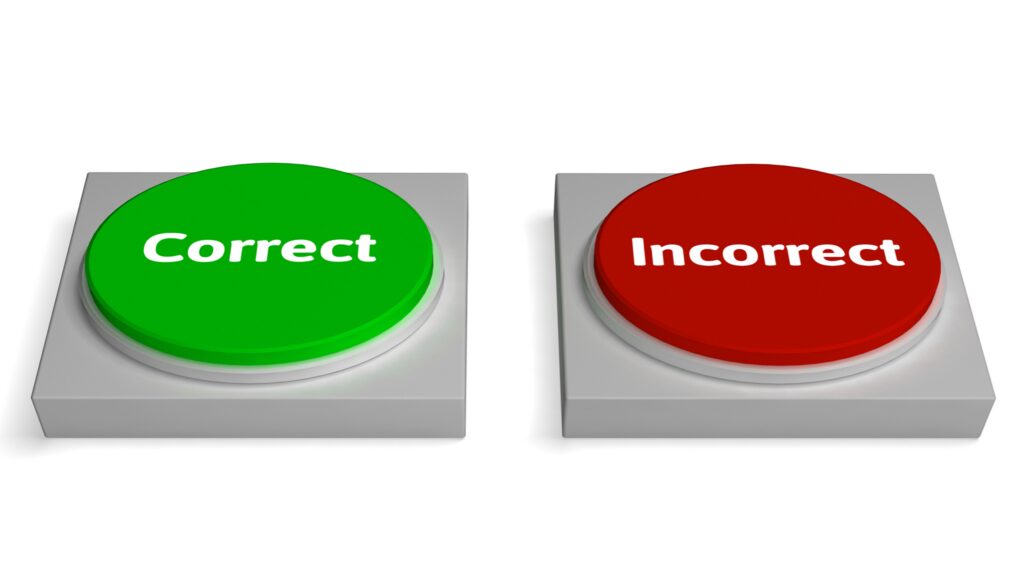If you’ve ever found yourself scratching your head over the difference between negative reinforcement and punishment, you’re not alone. Even within the worlds of education and psychology, these terms trip people up all the time. Maybe it’s the word “negative” throwing everyone off, or maybe it’s the way both concepts involve some kind of change in stimuli. Either way, let’s clear things up—because understanding the distinction isn’t just academic; it’s essential for ethical and effective behavior support.
Negative Reinforcement: It’s Not What It Sounds Like
Negative reinforcement has a bit of a PR problem. The word “negative” makes it sound like something bad is happening, but in reality, it’s all about making life better—by removing something unpleasant. Think of it as relief-driven learning.
Take a simple example: you wake up to the blaring sound of your alarm. Annoying, right? So, you hit the snooze button. Ah, sweet silence. That feeling of relief makes it more likely you’ll hit snooze again in the future. The alarm (an aversive stimulus) goes away, and your behavior (hitting snooze) is reinforced. That’s negative reinforcement in action—something unpleasant is taken away, making a behavior more likely to happen again.
In ABA, we use negative reinforcement to increase desired behaviors by removing discomfort, frustration, or other unpleasant experiences. It’s not about punishment—it’s about teaching new skills and habits by harnessing someone’s motivation to gain relief from everyday frustrations.
Punishment: A Different Story
Punishment, on the other hand, is about reducing the likelihood of a behavior happening again. There are two main ways this can happen:
- Positive Punishment: Adding something unpleasant after a behavior to discourage it. Think about a child touching a hot stove and getting burned—painful, and hopefully a lesson learned.
- Negative Punishment: Taking away something enjoyable to discourage a behavior. A classic example? A child loses screen time for refusing to do homework. The removal of a preferred activity decreases the likelihood of future refusals.
While both types of punishment can be effective, they’re not always ideal, especially in ABA, where the focus is on skill-building, autonomy, and ethical considerations. Over-reliance on punishment—especially harsh or arbitrary consequences—can lead to unintended side effects, like frustration, avoidance, aggression or even trauma.
Why Do People Mix Them Up?
It all comes down to that tricky word “negative.” People assume “negative” always means “bad,” so they lump negative reinforcement in with punishment. But the difference is simple:
- Negative reinforcement increases behavior by removing something unpleasant.
- Punishment decreases behavior by adding something unpleasant (positive punishment) or taking away something enjoyable (negative punishment).
Think of it this way: negative reinforcement is like opening an umbrella to escape the rain, while punishment is like getting fined for jaywalking. One makes you more likely to act a certain way (bring your umbrella next time), and the other makes you less likely (watch where you cross the street).
Why Does This Distinction Matter?
Getting this right is more than just a technicality—it has real-world consequences. Misunderstanding these principles can lead to interventions that don’t work, or worse, that cause harm. If we mistakenly punish when reinforcement would be more effective, we might suppress behaviors that could be shaped into something positive.
What complicates things further is that some parents and educators, keen to avoid the negative side effects of punishment, sometimes mislabel their punishment strategies as ‘negative reinforcement.’ This can lead to practices that unintentionally focus on suppressing behavior rather than fostering learning. For example, a teacher giving a stern look when a student talks out of turn, a coach making a player run extra laps for being late, or a parent using a reprimand to stop whining—these are all forms of punishment, not negative reinforcement. While well-intentioned, these strategies may not always lead to meaningful, long-term behavior change and can sometimes introduce unintended side effects, like fear or avoidance.
Ultimately, ABA is about improving quality of life. That means using strategies that empower individuals, encourage autonomy, and foster long-term success—not just immediate compliance.
Final Thoughts
Behavior analysis isn’t just about labels—it’s about clarity, ethics, and effectiveness. When we understand the difference between negative reinforcement and punishment, we can build better, more supportive interventions that truly help people thrive. So, next time someone asks, “Wait, isn’t negative reinforcement just punishment?” you’ll know exactly how to set the record straight.
And maybe, just maybe, we can help negative reinforcement shake its bad reputation.
Want more tips, tricks, and guidance? Be sure to check out our YouTube channel, and additional study resources. where we share more insights about life as an RBT.
The field of ABA is waiting for you, and with the right training, you’ll be ready to change lives (including your own). So why not start today? Explore the free module and see how this incredible career could be the perfect fit for you!









